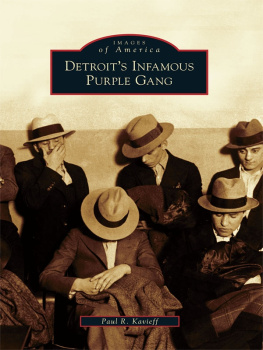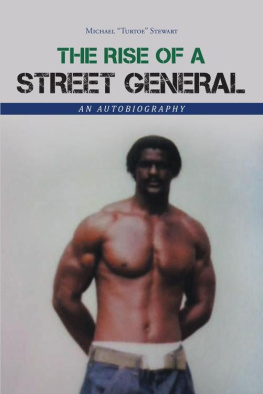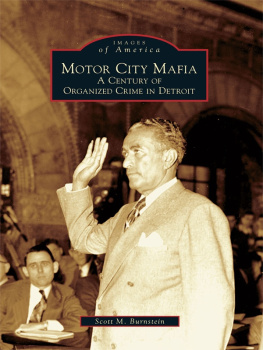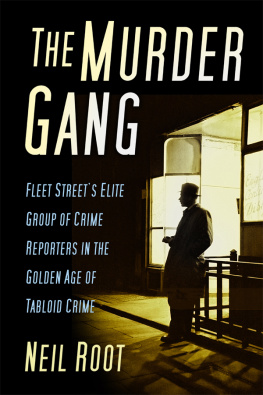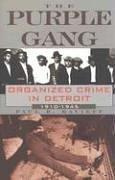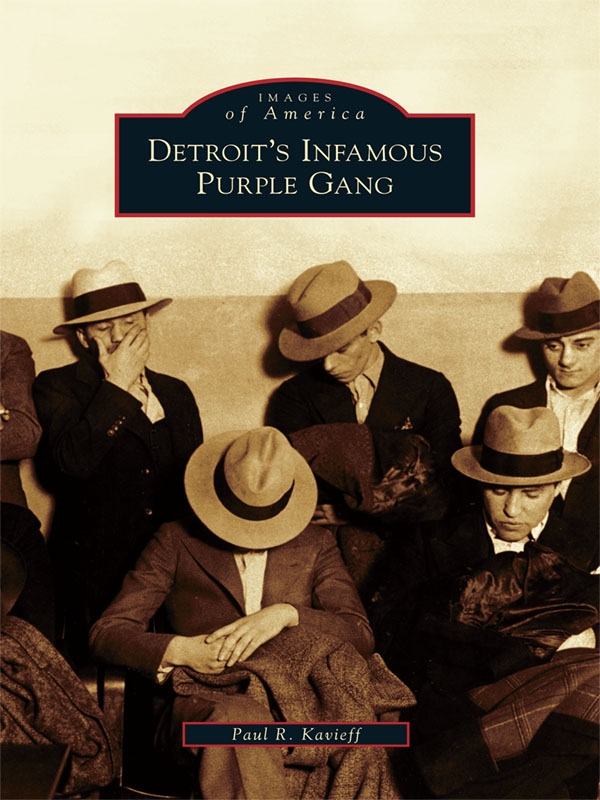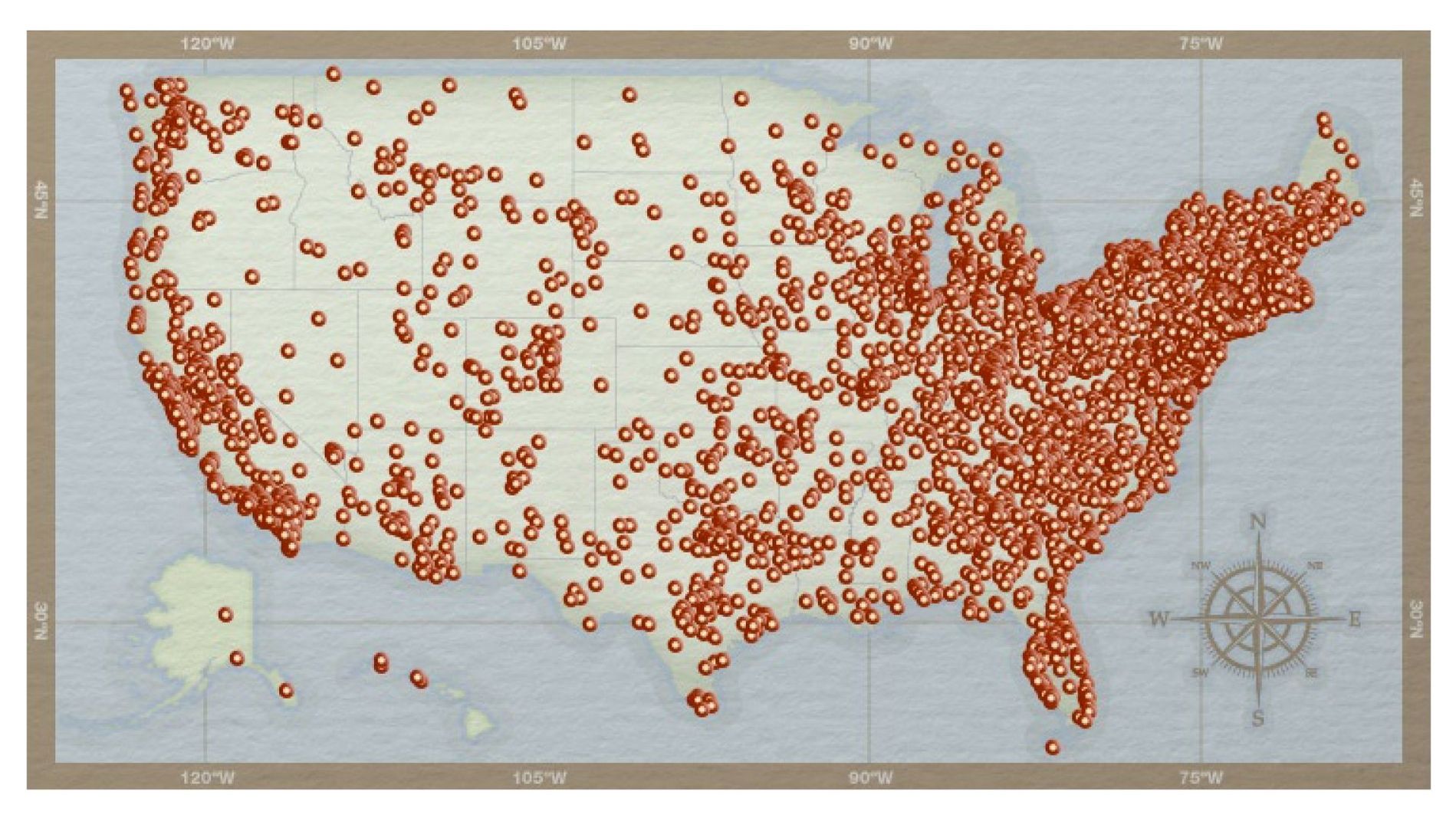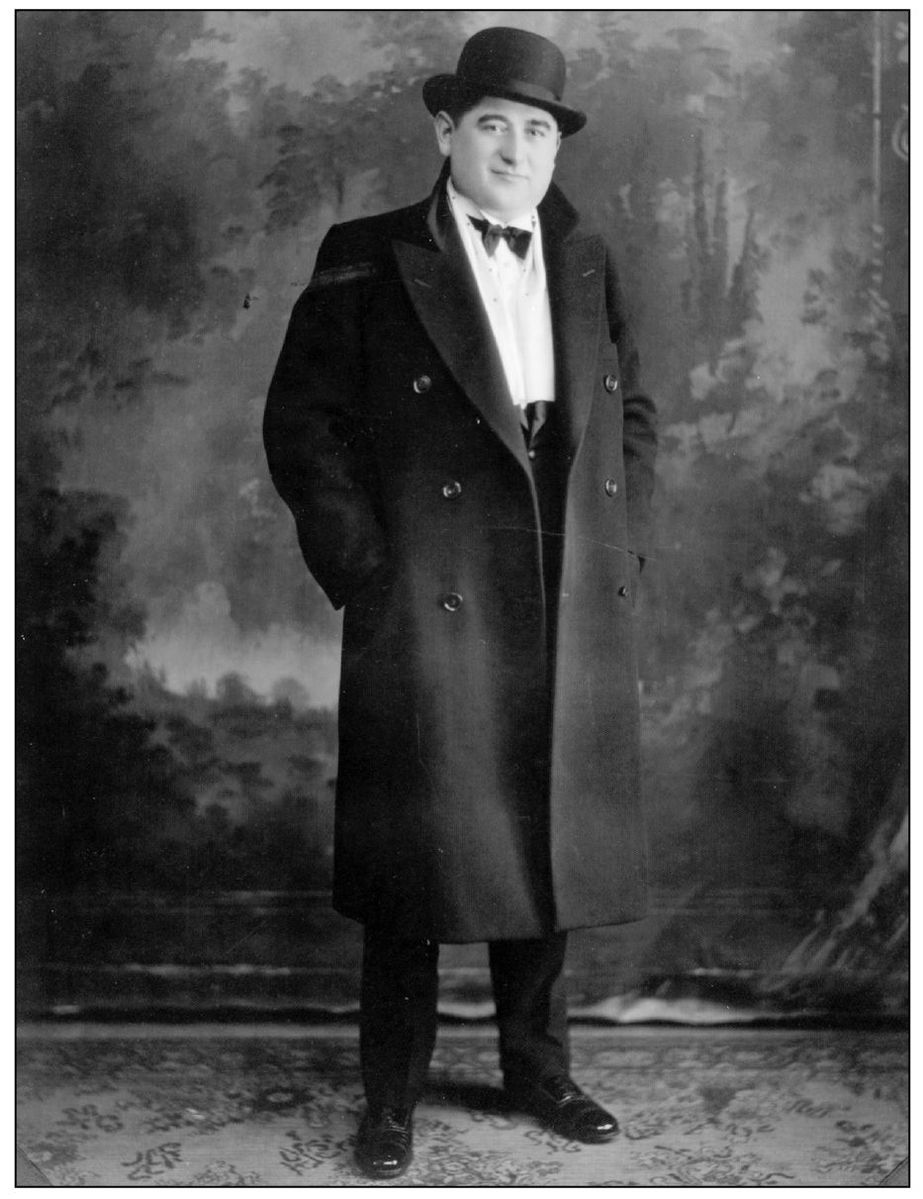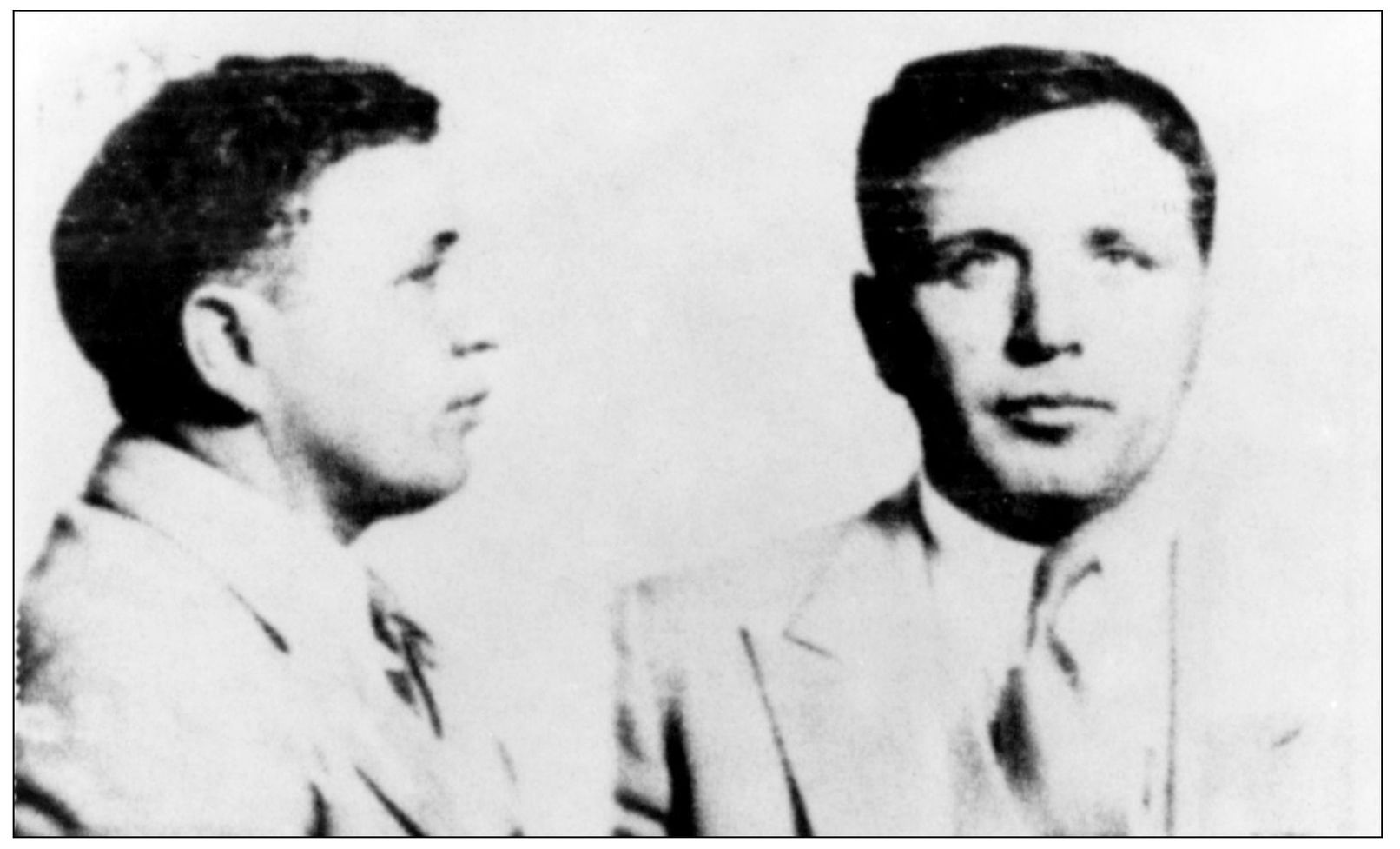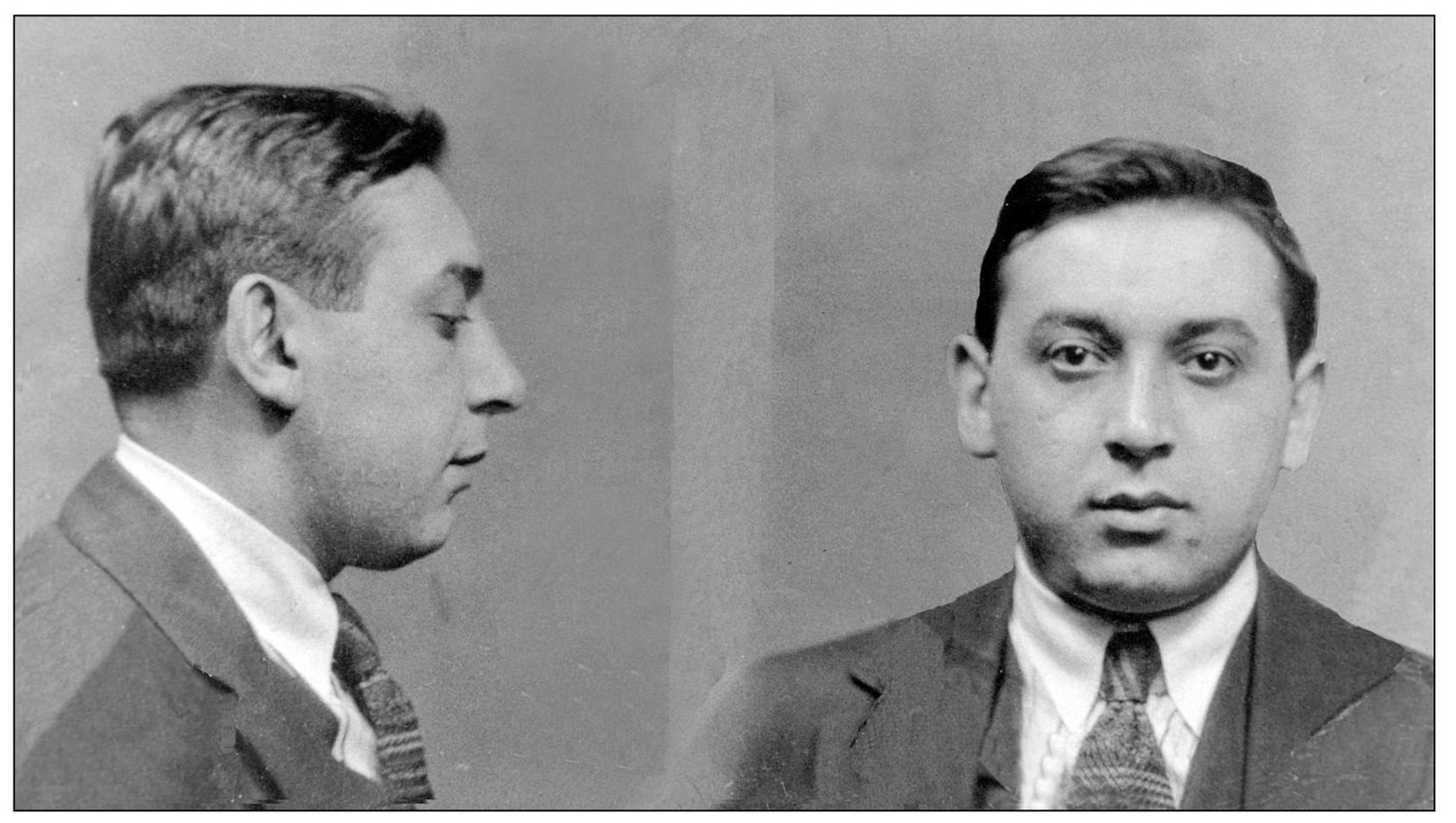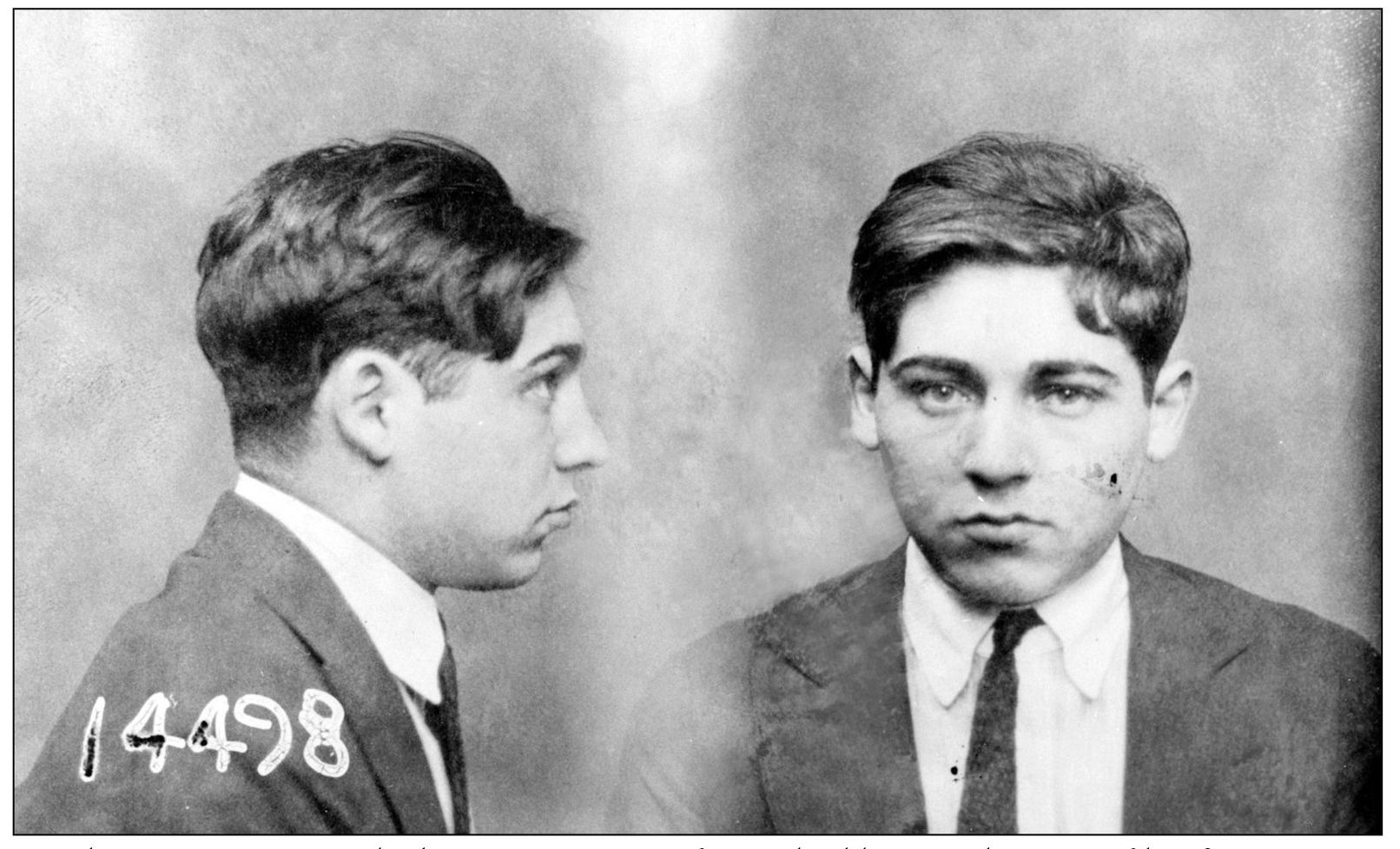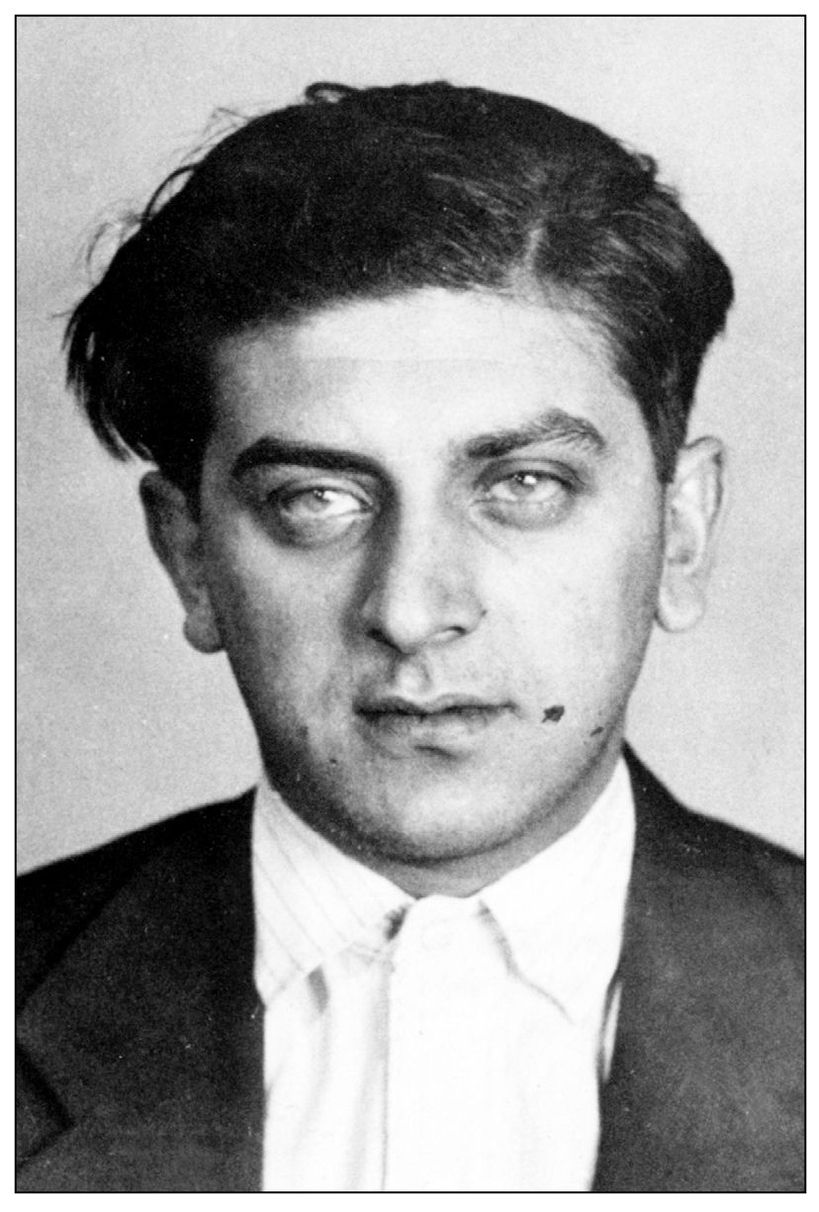I would like to thank my fiance, Rita Davis-Kramer, for her continuous support. I would also like to thank Richard and Ros Smith, H. G. Manos, the staff at the Michigan State Archives, the staff at the Walter Reuther Library at Wayne State University, Scott Burnstein, my friends and colleagues in the engineering department at Wayne State University, Penelope Morris, and Vicki Morton of Digital Retrospectives. I would also like to thank the editors and staff at Arcadia Publishing for their support and confidence in this work.
Unless otherwise noted, all images are from the collection of the author.
BIBLIOGRAPHY
Burnstein, Scott. Motor City Mafia: A Century of Organized Crime in Detroit. Charleston, SC: Arcadia Publishing, 2006.
Engelman, Larry. Intemperance, the Lost War Against Liquor. New York: Free Press, 1979.
Fox, Stephen. Blood and Power: Organized Crime in Twentieth-Century America. New York: William Morrow and Company, 1989.
Fried, Albert. The Rise and Fall of the Jewish Gangster in America. New York: Holt, Rhinehart, and Winston, 1980.
Helmer, William J. The Gun That Made the Twenties Roar. Toronto, Ontario: MacMillan Company, 1967.
Illman, Harry R. Unholy Toledo. San Francisco: Polemic Press Publications, 1985.
Kavieff, Paul R. The Purple Gang: Organized Crime in Detroit 1910-1945. New York: Barricade Books, 2000.
. The Violent Years: Prohibition and the Detroit Mobs. New Jersey: Barricade Books, 2001.
Lynch, Dennis Tilden. Criminals and Politicians. New York: MacMillan Company, 1932.
Mezzrow, Milton Mezz, and Bernard Wolfe. Really the Blues. New York: Random House, 1946.
Pasley, Fred D. Muscling In. New York: Ives Washburn Publishers, 1931.
Rudensky, Morris Red. The Gonif. San Francisco: Piper Company, 1970.
Seidman, Harold. The Labor Czars: A History of Labor Racketeering. New York: Livernight Publishing Company, 1938.
Turkus, Burton B., and Sid Feder. Murder Inc.: The Story of the Syndicate. New York: Farrar, Straus, and Young, 1951.
Woodford, Arthur M., and Frank B. Woodford. All Our Yesterdays. Detroit: Wayne State University Press, 1969.
Find more books like this at
www.imagesofamerica.com
Search for your hometown history, your old
stomping grounds, and even your favorite sports team.
One
ORIGINS OF THE PURPLE GANG
The Purple Gang began as a juvenile street gang in the years preceding World War I. This group of approximately 18 to 20 young men terrorized the old Hastings Street neighborhood of Detroits lower-east side. The inhabitants of the area and the parents of the young gangsters were, for the most part, recently immigrated eastern European Jews. Many of the youngsters that formed the original Purple Gang met at the Bishop Ungraded School on Winder Street. This group of delinquents, which included Harry and Lou Fleisher, Sam Davis, Joseph and Raymond Burnstein, and the Keywell brothers, often ran errands for older underworld characters. These adult mobsters sometimes ran crap games in the Bishop schoolyard during the summer months. The original juvenile Purple Gang also engaged in rolling drunks, extorting money from other children, and forcing street peddlers to pay protection money. If the money was not forthcoming, carts were overturned, and fruit, bread, and other wares were destroyed along with the tenuous livelihood of the huckster. It has been theorized that the Purple Gangs colorful name evolved during this period, when two Hastings Street shopkeepers referred to these delinquents as being off color or purple. In all likelihood, the name was invented by a local journalist during a period of gang activity known as the Cleaners and Dyers War. The Purple Gangsters were used as muscle to force Detroit cleaners and dyers into a racketeer-controlled trade association. For those who refused to join this organization, plants were destroyed, truckloads of clothing hijacked, and purple dye was sometimes thrown on laundry. The advent of statewide Prohibition in Michigan on May 1, 1918, and national Prohibition on January 16, 1920, catapulted these juvenile gangsters into real underworld power. Working for older mobsters Charlie Leiter and Henry Shorr, the young gangsters developed their skills as hijackers, hooligans, strong-arm men, extortionists, and murderers.
Charles Leiter, seen here around 1920, and Henry Shorr were older Detroit mobsters who mentored members of the juvenile Purple Gang in hijacking, extortion, and other underworld skills. These two men were the secret owners of a legitimate corn sugar and brewing supply outlet known as the Oakland Sugar House. During this period, the young Purple gangsters were often referred to as the Sugar House Gang.
Shorr, seen in this early 1920s mug shot, and Leiter controlled the Oakland Sugar House through legitimate front men. Shorr was the bag or payoff man for the Sugar House Gang. He also had very good connections with the New York and Chicago mobs. Both Shorr and Leiter were experts at setting up alley breweries. These were complete brewing plants installed in old barns and warehouses. Shorr disappeared in December 1934.
The Old Bishop School, seen here in a 1935 photograph, was located on Detroits lower-east side. The building actually housed two separate schools, a regular kindergarten through eighth grade school and a vocational school for delinquents. It was here that the original Purple Gang got its start in the years 1916 to 1918.
Abraham Burnstein was the reputed leader of the Purple Gang. This Detroit police mug shot was taken in 1920 after Burnstein was arrested on suspicion of homicide. Burnstein, with his three brothers, Joseph, Raymond, and Isadore, formed the leadership faction of the Purple Gang during the mobs heyday, from 1927 to 1932. By 1920, Abraham was a respected and well-known Detroit underworld figure.
Joseph Burnstein was picked up on suspicion of armed robbery at the time of his first arrest in 1917. He was the second oldest of the Burnstein brothers. He was considered one of the toughest and most cunning leaders of the Purple Gang during their golden era, from 1927 to 1932. It was his business sense and reputation for ferocity that made him a major force behind the Purple Gangs rise to dominance.

